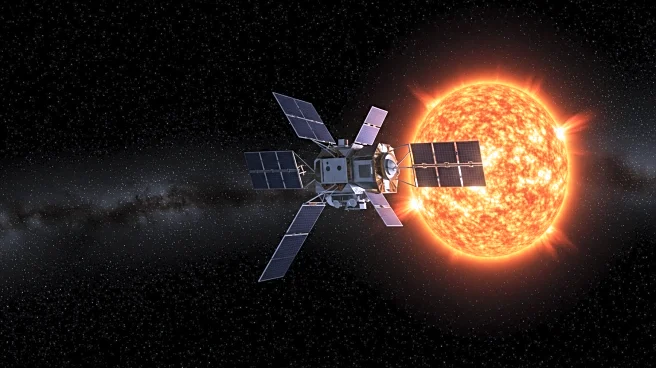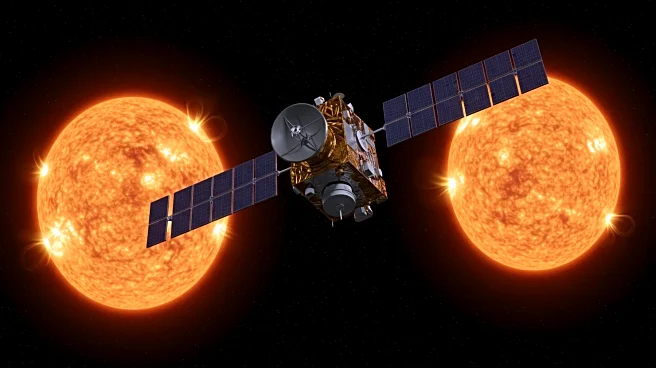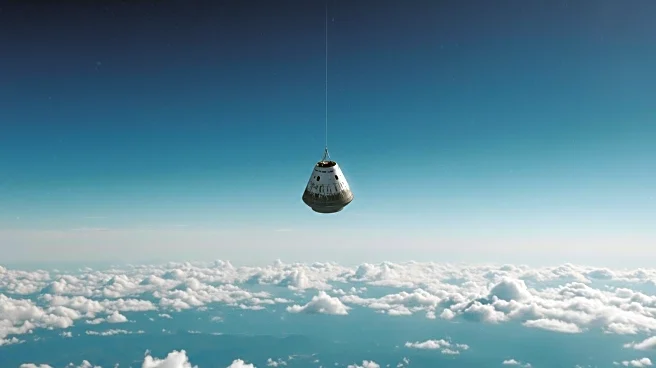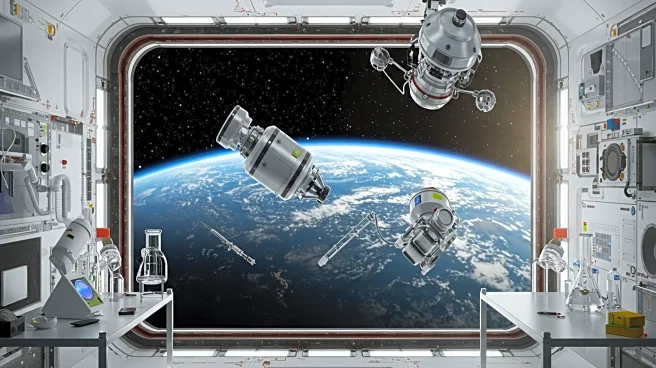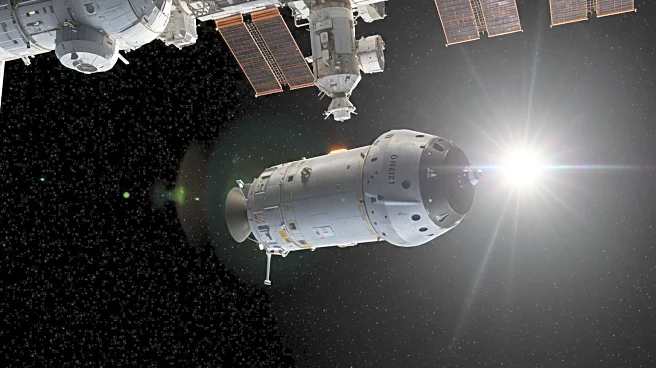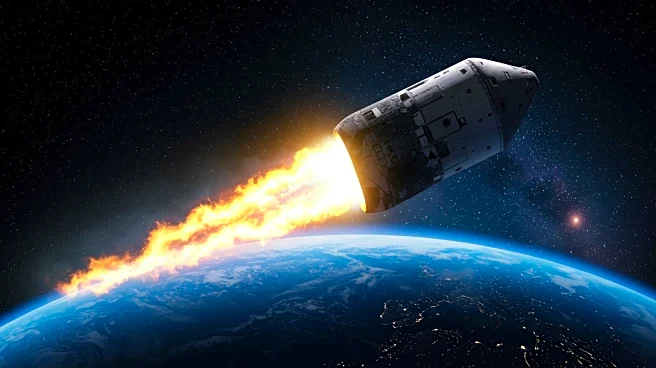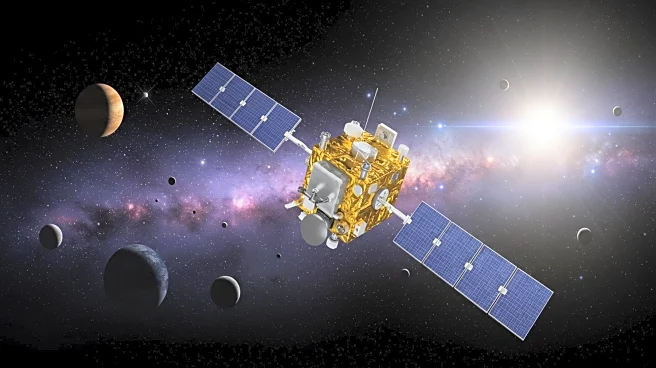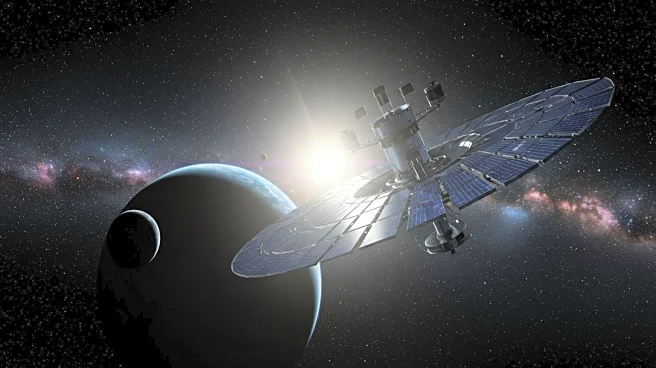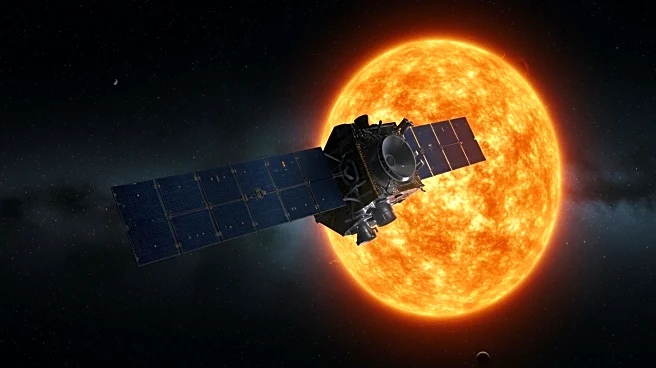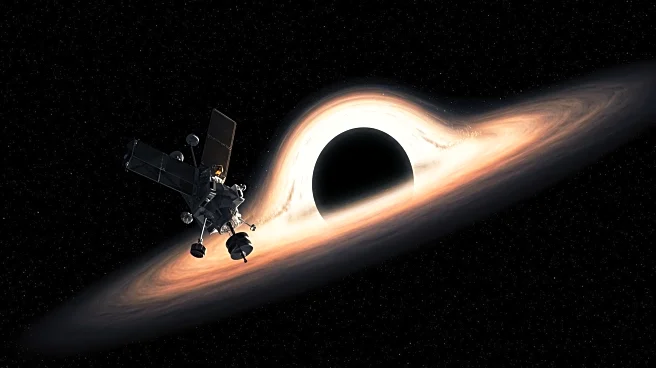What's Happening?
NASA's PUNCH mission, consisting of four satellites, has successfully reached its designated orbit around Earth. The mission aims to study the solar wind, a stream of charged particles emanating from the sun, and its connection to the sun's corona and the heliosphere. The satellites are positioned along Earth's day-night line to provide a continuous view of the sun and its surroundings. PUNCH, which stands for Polarimeter to Unify the Corona and Heliosphere, is designed to collect data that will help scientists understand the origin and behavior of the solar wind.
Why It's Important?
The PUNCH mission is significant for solar and space research, as it seeks to unravel the mysteries of the solar wind and its impact on the heliosphere. Understanding the solar wind is crucial for predicting space weather, which can affect satellite operations, communication systems, and power grids on Earth. The mission's findings could lead to improved models for space weather forecasting and enhance our understanding of the sun's influence on the solar system.
What's Next?
With the satellites in place, PUNCH will begin collecting data to analyze the solar wind and its interaction with the sun's corona. The mission's findings are expected to provide insights into the dynamics of the heliosphere and contribute to the development of better space weather prediction models. Researchers will continue to monitor the data collected by PUNCH to identify patterns and phenomena related to the solar wind.
Beyond the Headlines
The PUNCH mission represents a significant advancement in solar research, as it allows for real-time monitoring of the solar wind and its effects. The mission's innovative approach to data collection, using multiple satellites positioned strategically around Earth, sets a precedent for future space missions. The insights gained from PUNCH could lead to new discoveries about the sun's behavior and its impact on the solar system.
